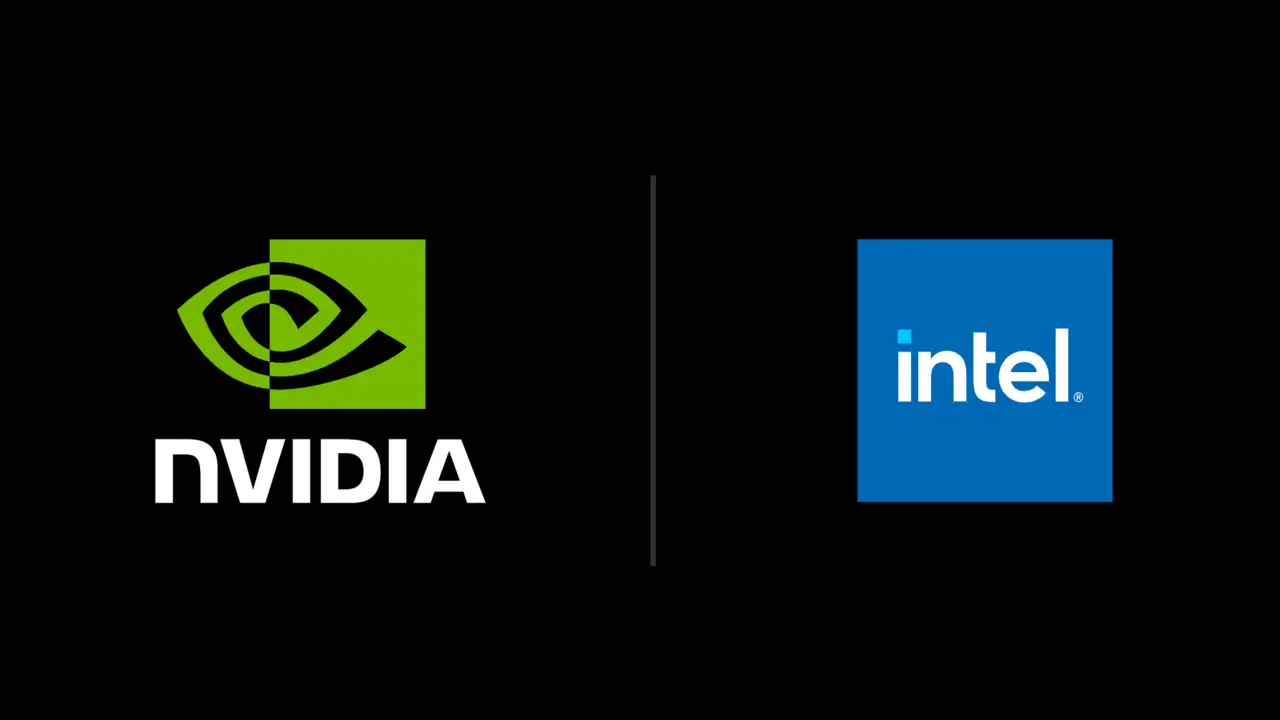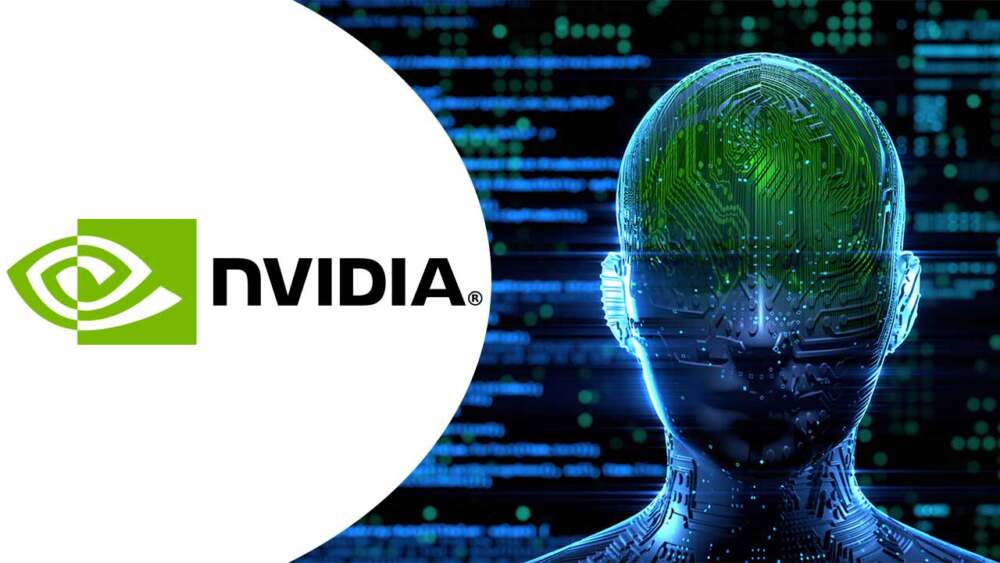Wall Street analysts believe Nvidia is in line to unlock meaningful revenue gains from its recent partnership with Intel. According to the financial research firm William Blair, the agreement between the two chipmakers introduces “incremental revenue opportunities” for Nvidia, complementing an already high-demand market for its data center products.
What the Deal Involves
- Nvidia has invested heavily in Intel, acquiring a stake in the company. The arrangement includes integrating Intel’s CPUs into Nvidia’s NVL72 rack infrastructure using Nvidia’s proprietary NVLink technology—a high-speed connection that enhances performance between GPU and CPU modules.
- As part of the collaboration, Intel will serve as a customer in Nvidia’s expanding infrastructure ecosystem, while Nvidia gains broader exposure to the x86 CPU-based PC market, which has so far been largely dominated by competitors.
What William Blair Predicts
- Analyst Sebastien Naji of William Blair kept a “Buy” rating on Nvidia, citing that the partnership both strengthens Nvidia’s standing in existing markets and opens up new ones.
- The firm believes that Nvidia’s total addressable market (TAM) could grow by tens of billions of dollars because of the deal. In particular, the expanded reach into PCs using x86 CPUs and Nvidia GPUs combined is seen as under-tapped territory.
- On top of that, Nvidia’s momentum in artificial intelligence infrastructure—hyperscale data centers, cloud providers, and enterprise servers—gives it a strong platform from which to monetize new hardware integrations.
Implications & Competitive Landscape
- For Nvidia: The company is positioning itself not just as a leader in GPU-based AI hardware, but as a broader systems player. The CPU-GPU integration gives it stronger leverage in markets where both processing units matter—PCs, AI workstations, and high-performance computing.
- For Intel: The deal gives Intel fresh demand, revenue, and validation. It helps Intel in its turnaround efforts by aligning with a major AI hardware player, boosting its relevance in a market that has been shifting toward AI acceleration.
- For rivals: Companies like AMD are expected to feel the competitive pressure, particularly in segments where integrated systems (CPU + GPU) are growing in importance. This deal may tilt market share in certain applications toward Nvidia-Intel offerings if the performance and cost metrics are favorable.
Risks & What to Watch
- NVIDIA’s revenue gains will depend on how quickly joint products that leverage Intel CPUs and Nvidia GPU/accelerator technologies can be designed, validated, and brought to market. Delays, manufacturing constraints, or performance issues could reduce upside.
- Intel’s ability to meet demands—both in production and in integration of these hybrid systems—is crucial. If Intel struggles with capacity, yields, or process node performance, this could hamper the benefits that Nvidia expects.
- Market response and competitive counter-moves will matter. If competitors respond with similar integrations, or if cost advantages shift, some expected gains could be eroded.
















Leave a Reply